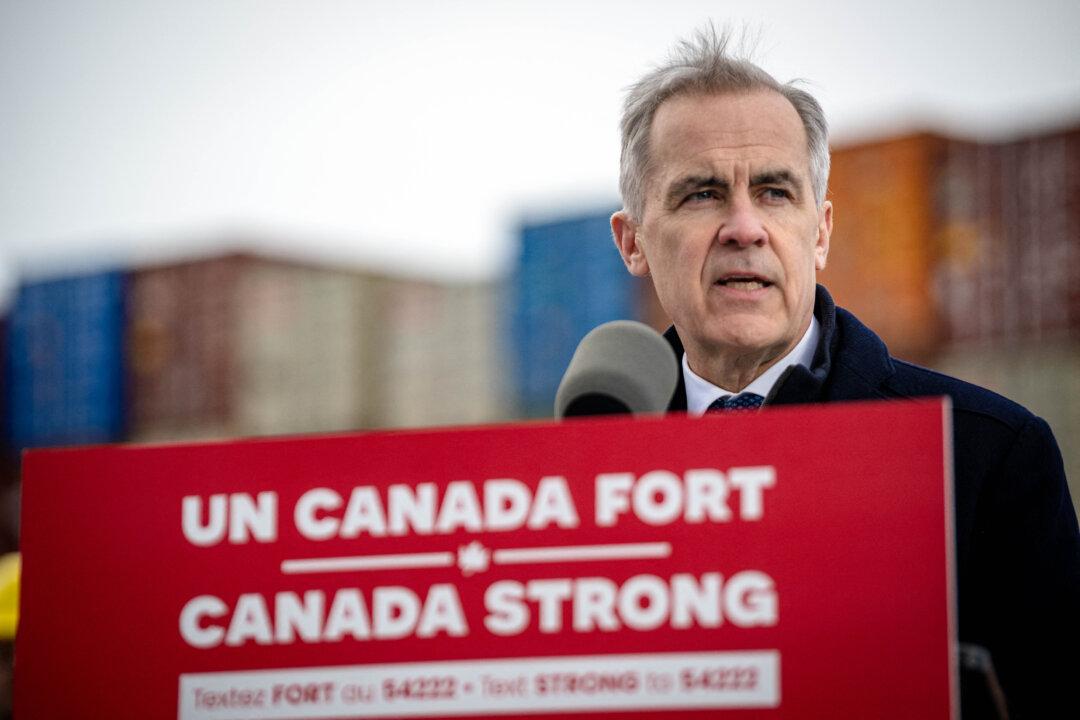Oil and natural gas drilling in Canada is expected to increase by 16 percent in 2022, according to forecasting from the Petroleum Services Association of Canada (PSAC).
“For 2022, we expect drilling activity to be higher than 2019. But, although we’ll be back to pre-COVID levels, we’re not going to be near where we were pre-downturn,” said PSAC’s president and CEO, Gurpreet Lail.
Lail noted that imbalances in the global market are driving commodity prices higher and PSAC expects drilling activity will increase out of necessity.
Overall, PSAC expects 5,400 new wells will be drilled in Canada next year with the majority being in Alberta, increasing the number of wells there by 450 to a total of 3,125. In Saskatchewan—the second-largest oil producer in Canada—1,495 new wells are expected next year, an increase of 198.
PSAC also raised its forecast for 2021 due to improved activity in the energy sector, predicting a final yearly total of 4,650 wells.
PSAC based its 2021 forecast on the average Alberta Energy Company (AECO) natural gas price of C$3.60 per thousand cubic feet, and crude oil prices of US$67 per barrel based on the West Texas Intermediate (WTI) standard with the Canadian dollar averaging $0.80 of the American dollar. PSAC’s forecast for 2022 has the WTI price averaging US$70 per barrel and the AECO natural gas average at C$4.10 per thousand cubic feet.
“Although the activity outlook is brighter than a year ago, exploration and production companies are not deviating from strict capital discipline and are staying the course on preferring share buybacks, paying down debt, and increasing or issuing dividends,” says Lail.
However, PSAC warned that, like other industries in Canada, the oil and gas industry faces a “severe labour shortage” that could impact growth in the coming year.
Labour Shortage
According to PetroLMI, an industry labour market information provider, unemployment in Alberta’s oil and gas field services was 3.4 percent in September this year, compared to 18.1 percent in September 2020.
PetroLMI vice-president Carol Howes told The Canadian Press in October that the labour pool in the industry started shrinking in 2014 with the decline of oil prices and, during the COVID-19 pandemic, many workers returned home and aren’t keen on coming back, even for a higher paycheque.
“I think many workers are looking at this as ‘OK, I might be making a little less per hour now, but I get to come home every day and I’m close to my family and friends,’' Howes said. “They’ve made a conscious choice to take a job with lower overall compensation, but with a lifestyle that’s more in line with what they’re comfortable with.”
At the same time, the Canadian Association of Energy Contractors (CAOEC) said that the number of direct and indirect jobs in the oil and gas services sectors was up 130 percent over 2020 and the shortage of rig workers threatens industry growth.
“That’s an increase of 20,750 jobs, so the industry is very bullish on activity,'‘ CAOEC chief executive Mark Scholz told The Canadian Press. ”But the challenge is, we’re trying to ramp up so quickly that we’re dealing with capacity restraints.’’
With files from The Canadian Press





